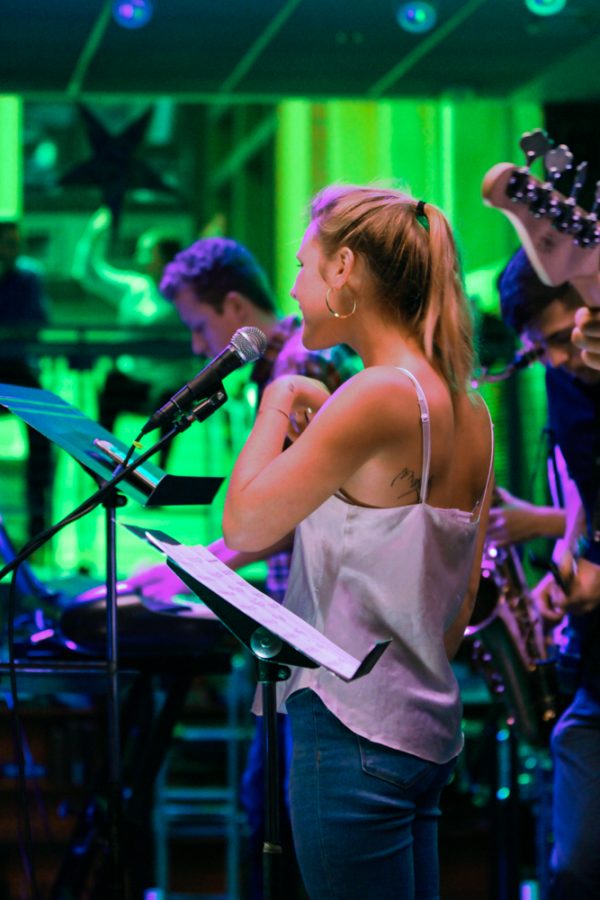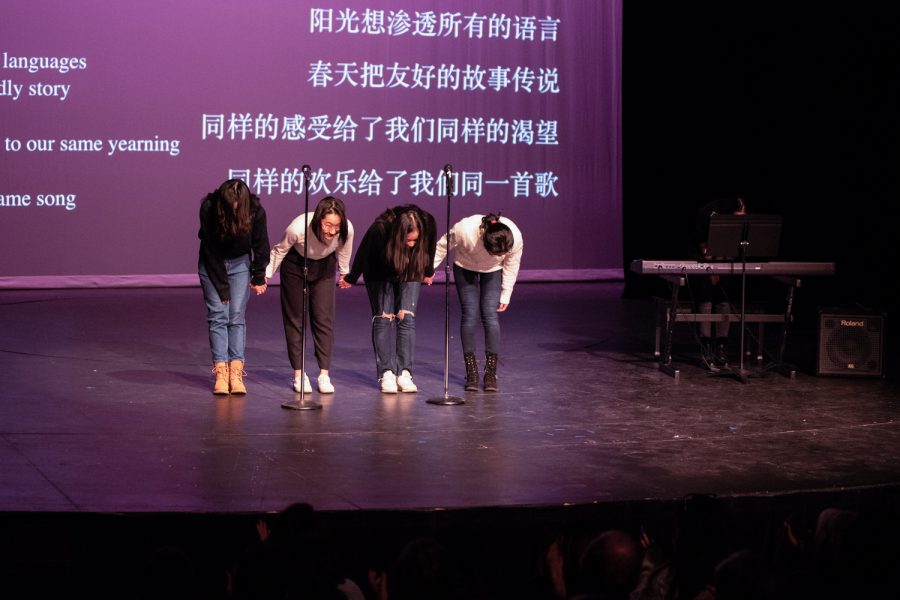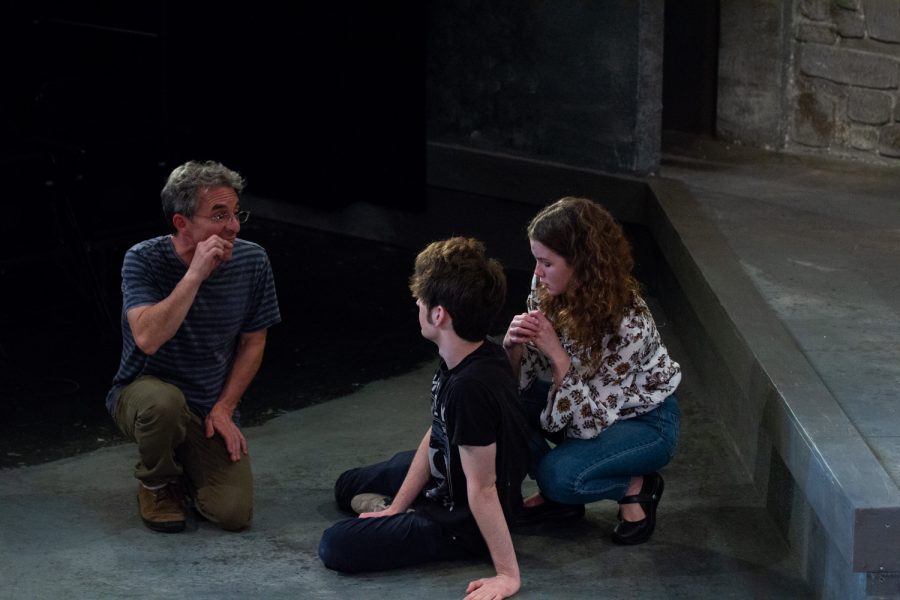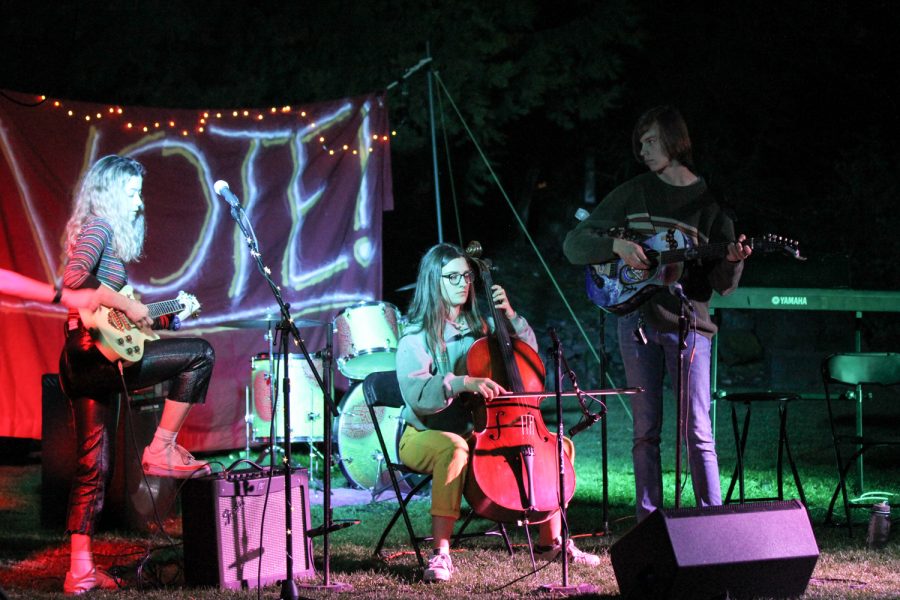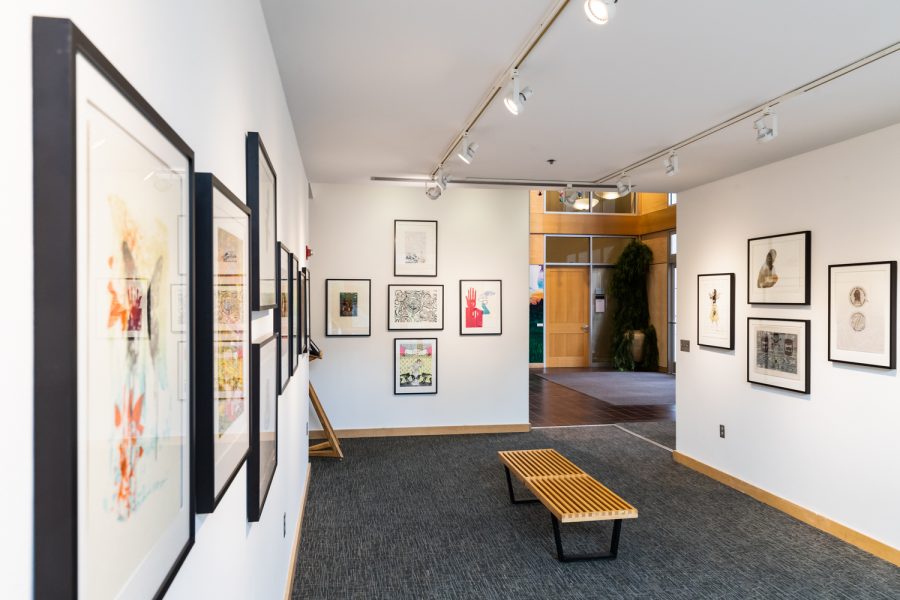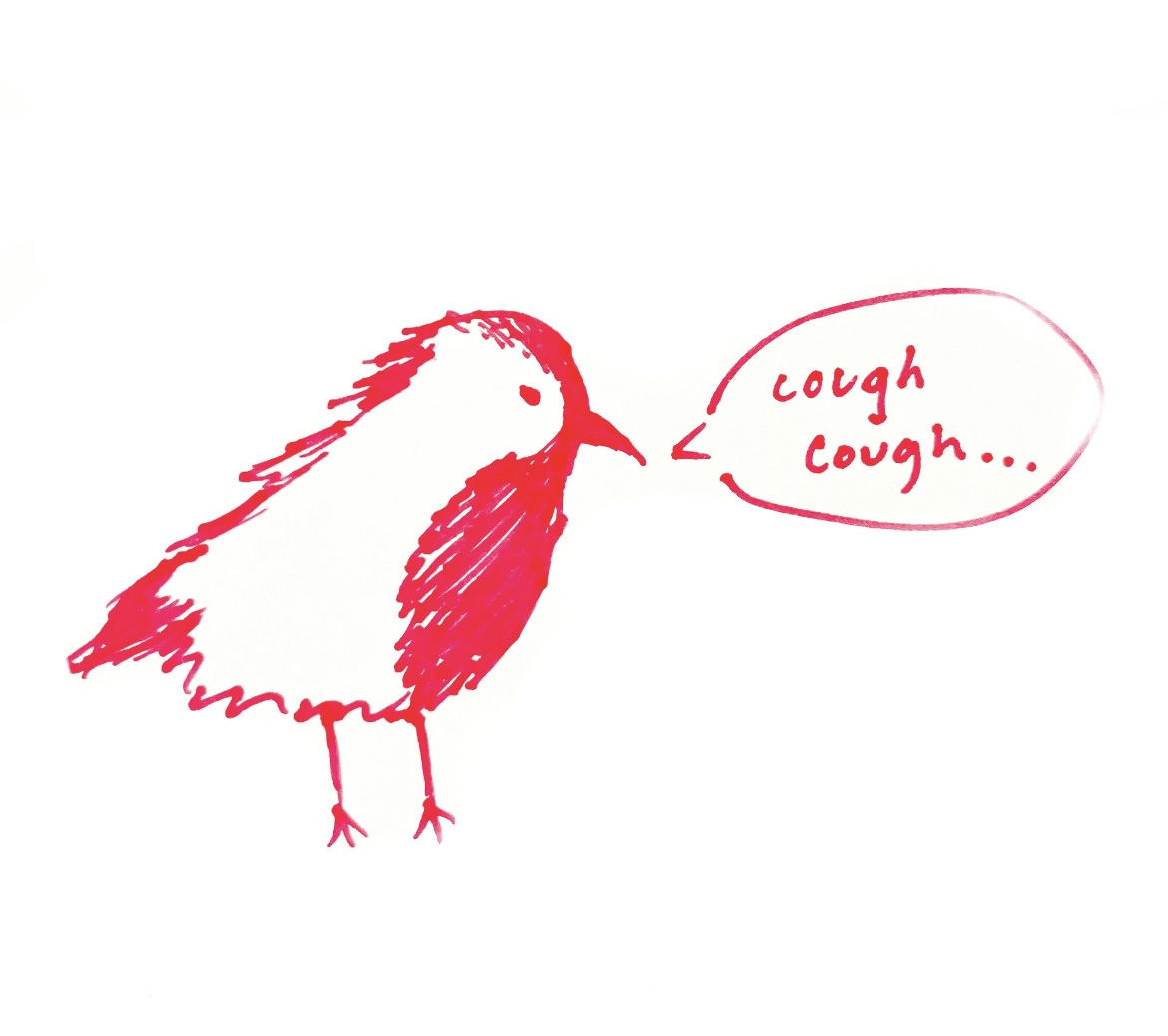Buddhist symbols hidden in white ink. A professor’s passion inscribed on his inner arm. An ancient symbol of symmetry and harmony. The Whitman community––the faculty, staff and students that live and work in the pursuit of intellectual and emotional growth––express themselves in creative and diverse ways. One of these ways is body art, specifically tattoos.
Though tattoos hold a personal and unique meaning for their owner, they are, for the most part, permanent and represent what oftentimes is an intentional reminder, memory or interest. In a survey sent out to the students listserv completed by 37 students with tattoos, 80 percent said their piece depicted a design or shape important to them. Second to that, with 24 percent, was a quote or passage inscribed in ink. When asked why they chose to get a tattoo, nearly all students who completed the survey said they classify it as a lasting reminder of a memory or influential experience.
We’ve chosen to highlight a few members of the broader Whitman community––one professor, three students and a Bon Appétit staff member––and their tattoos.

Sophomore Madeleine Kemme got her tattoo last fall at home in Colorado. It’s what she calls a “chalice well” symbol, and she learned about it during a particularly meaningful experience at a summer camp.
“It means living a life that is in harmony with material possessions and spirituality,” she said. “It’s an embodiment of the good in myself and the difficulty that I’ve gone through.”
Her placement on her shoulder was strategic. While tattoos seem to be generally more present in our generation than in the past, certain career fields regard visible tattoos as unprofessional.
“I want to have a professional life after college, so I wanted it to be in a place where I could show it off when I need to but not so that it’s too visible.”
Some tattoo-bearers have a different philosophy when it comes to visibility. Jewett Dining Hall Supervisor Laura Palachuk has close to 30 tattoos (she isn’t sure exactly), and many are visible on her forearms outside of her uniform shirt. Her father, a Bon Appétit cook who currently works in Prentiss, had tattoos “before they were cool,” she said, and he did her first one.
“He’d done a bunch on himself, and it took me a while to talk him into it,” she said.
Palachuk was 17 when she got her first tattoo, a turtle on her hip. Since then, most of her tattoos have come from friends who are artists. They all contain a variety of meanings and significances.
“Some of them are reminders, notes to self. Others are just pretty, like the flowers.”

Palachuk’s most visible tattoos are vines of flowers on her arms, accompanied by phonetic spellings of words that are particularly meaningful to her, including “truth” and “serenity.”
She says that tattoos are never a worthy cause for judgment. As someone who has spent most of her career working in commercial restaurants and kitchens, she said that environment is relatively accepting of body art.
“I’ve found that whether or not a person has a tattoo isn’t an indication of what kind of person they are,” she said. “I’m lucky enough in the food service industry that it’s more tolerant than a lot of places.”
Professors, too, have often embraced tattoos. Professor of Geology and soon-to-be Interim Provost and Dean of the Faculty Pat Spencer has two: one of a bonsai tree on his forearm and another of the state fish of Hawaii on his back. He got both with his daughters. The fish tattoo was his first tattoo.
“I talked myself into getting it with my daughters in Hawaii. Ultimately, it was kind of a dare,” he said.
His bonsai tree is more recent––he got it almost two years ago.
“My kids were in town and it was Father’s Day. We all got tattoos,” he said. The tree is significant to him, as it represents a serious hobby, he said.
“It reminds me to be patient and go slow.”

Senior Molly Johanson also got her tattoos relatively recently. After studying abroad in Thailand her junior year, she decided to get a tattoo of a Buddhist protective symbol she saw often during her semester. She chose white ink because it’s usually the way the symbol is represented and also to add subtlety to her pieces. She has one more that she got in January of a phrase in Thai.
“It’s a quote: ‘Understanding is an emotion.’ I like to joke that it’s my humanities major tattoo,” she said.





